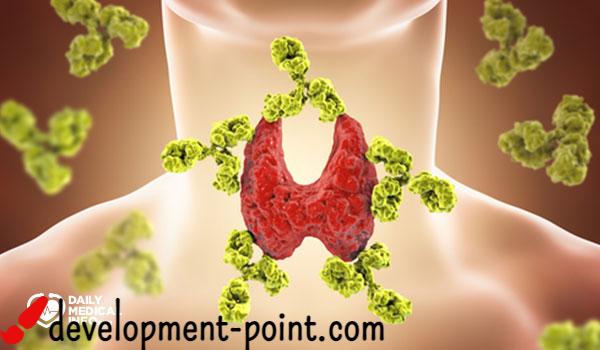Treatment of vomiting and how to stop it in different ways
Vomiting or vomiting is one of the conditions that may occur for various reasons, and both children and adults may be exposed to it, and because the continuation of the vomiting process may lead to serious complications and problems, including dehydration, this is why we were keen to provide you with ways to treat vomiting and ways to deal with it, so follow us.
Vomiting treatment
Vomiting is generally treated using these methods:
- Take care to drink fluids in large quantities and gradually, provided that these fluids are clear liquids such as water.
- Stay away from some types of foods, especially solid foods, and it must continue until the vomiting process subsides.
- Get enough rest.
- Temporarily stop taking oral medications until vomiting subsides, as some of these medications may irritate the stomach and make vomiting easier.
- Rely on deep breathing, which allows more air to enter the lungs, and thus helps in the expansion of the abdomen, and repeat the process several times until the vomiting process stops.
- Use acupuncture, as studies have shown that it can stimulate specific points that help relieve symptoms.
- Use some natural products such as cloves, ginger, and fennel, by making a cup of boiling any of these drinks, which help calm your digestive system and get rid of vomiting.
- Inhale some aromatic scents such as chamomile, lavender, or cloves as they may help relieve vomiting.
- If vomiting is a result of pregnancy nausea, we advise pregnant women to eat some salty biscuits before bed, or we advise them to eat some protein-rich snacks such as cheese and meat.
Treating vomiting in children
You can reduce the vomiting that your child is going through by placing him on one side, so that vomiting does not enter his bloodstream, and you should encourage him to drink fluids so that he does not become dehydrated.
Treatment of vomiting after eating
Nausea and vomiting after eating may be a sign of food poisoning, a sign of a cold in the stomach, an allergy to food, or a result of gallbladder problems. All of these problems are treated according to the case.
So if you suffer from continuous vomiting and vomiting after eating, you must visit the doctor immediately to find a solution to your problem, but it is important to ensure that you always hydrate your body with fluids, in order not to develop dehydration problems, and you can also do the following:
- Eat easy-to-digest foods to avoid nausea that leads to vomiting.
- Avoid fried foods and fatty foods to reduce nausea and vomiting.
- Avoid foods that contain milk.
You can also try the tips we mentioned earlier, which can help you relieve vomiting attacks.
Treatment of vomiting due to a cold
Vomiting occurs due to a stomach cold, and it is one of the conditions that affect the body and lead to fever, nausea, diarrhea, vomiting, and pain. You can deal with this condition by doing the following:
- Drinking fluids such as water, sports drinks, ginger decoction, and mint, in addition to avoiding caffeine-containing drinks, such as coffee, tea, chocolate, and alcohol.
- Eat foods according to the brat diet, which is based on eating bananas, rice, apple juice, and toast.
- Stay away from foods that contain dairy and dairy derivatives, foods that contain fiber, and fatty foods that contain a lot of spices.
- Get comfortable and try acupuncture.
Treatment of vomiting after the operation
If you have undergone surgery and feel vomiting after this operation, you can treat the condition by taking some medications that help control the vomiting process. Some of these medications can be used without a prescription such as Peptobisumol or Kaopectat, while others need to consult a doctor before using them. .
And now, at the end of our article on ways to treat vomiting, whether for children or adults, we advise you to visit a doctor if the condition persists, because it may be an indication of a health problem, and in the end we wish you all health and wellness.

